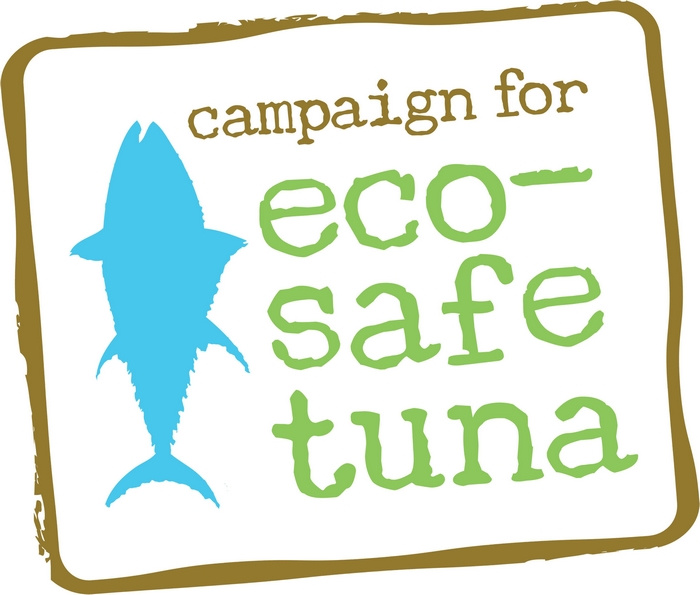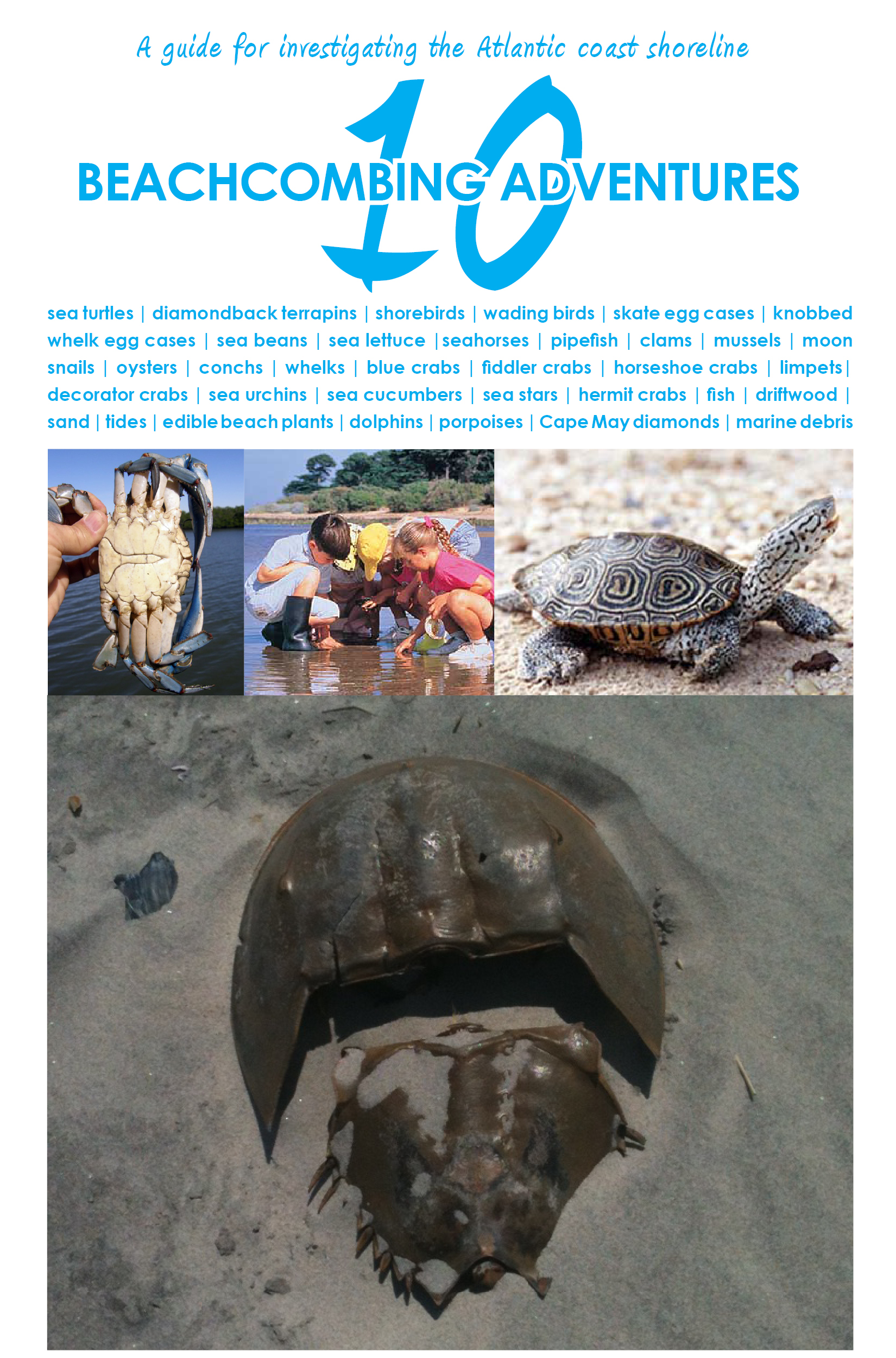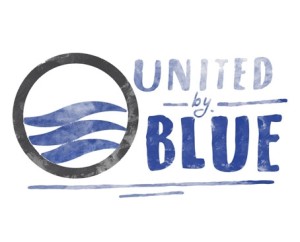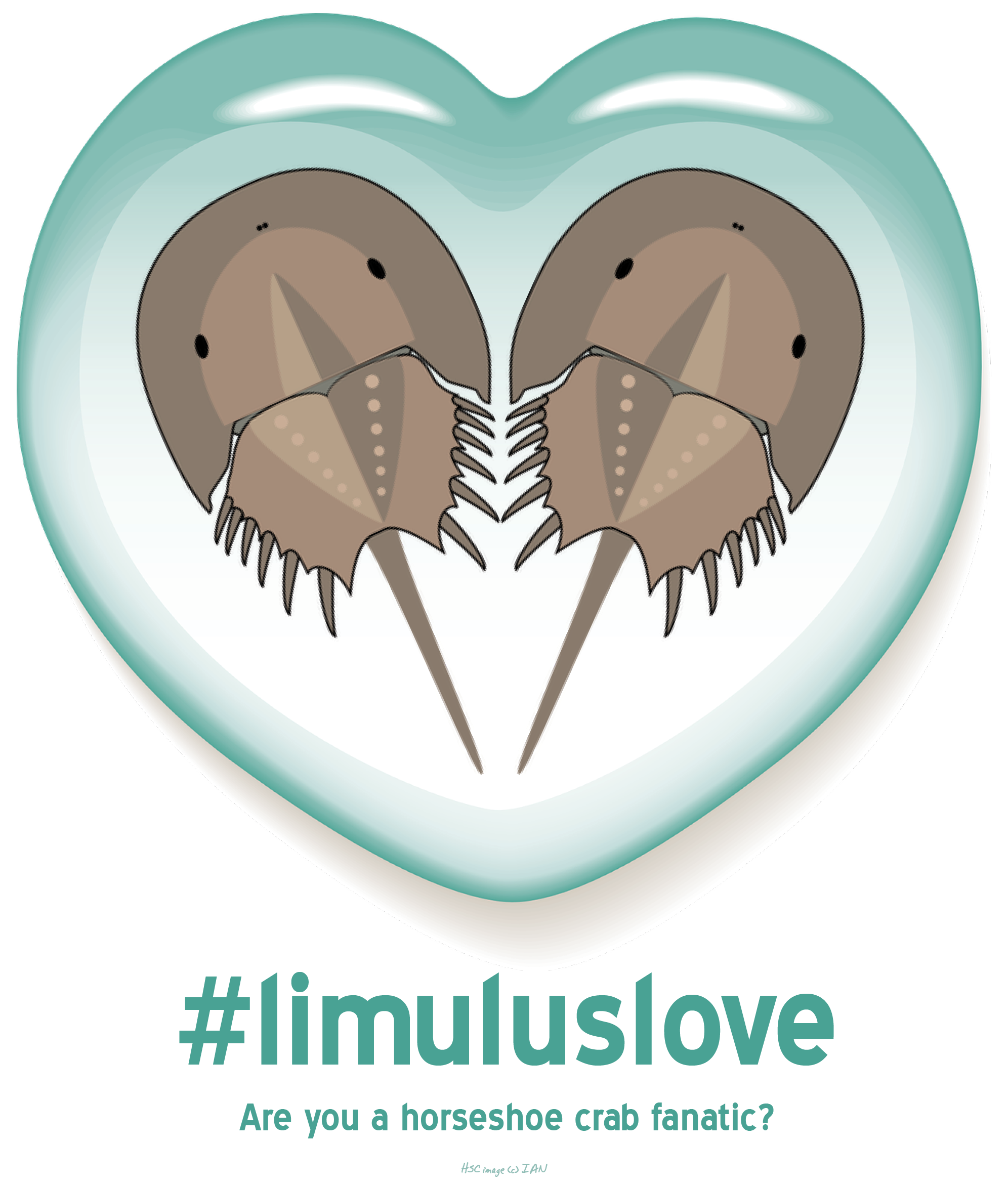Marine & Freshwater Environmental Education
Follow BCS on Twitter
My TweetsWant updates on BCS posts?
Scroll through the BCS archives …
Learn more on …
Random posts from BCS …
Two eggs and a side of glasswort, please
While I was trolling the aisles of Whole Foods the other day, I stumbled upon a familiar salt marsh plant known as glasswort (Salicornia virginica). When I would lead early morning nature walks along the beaches in Florida this marsh herb was a plant I enjoyed finding! Here’s the interesting anecdote I’d share with my […]
PBTs leach from our junk, build up in blubber of marine mammals
It’s a harsh reality, but even our choice of phone case or mattress may not be an easy one if we’re concerned with how we affect our environment. In this 5th installment of “We affect what goes in our watershed” (see posts on fertilizers, marine debris, petroleum, and pharmaceuticals), it’s all about PBTs (persistent, bioaccumulative […]
My favorite posts from 2012
This isn’t the typical list of the most popular Beach Chair Scientist posts throughout the year. Those posts typically include questions typed into a search bar such as ‘Do sharks have bones?’ or ‘How much salt is in the ocean?’. Not surprisingly, my favorite posts aren’t focused on straight up interpretation, but rather have more […]
Did you know that some lobsters are blue?
That’s right! American lobsters can be blue (rather than the brownish/green color they typically are prior to cooking) due to either a genetic modification or an abnormal diet. Both colored lobsters taste the same. One in every two million lobsters can be blue. Enjoy this funny video from the folks at CapeCast.
It’s as easy as A, B, Sea: X for Xiphosura
Xiphosura is the order of the Atlantic horseshoe crab and its three closest living related species.
10 best in the past nine years
Sometimes it’s nice to look at the past and see what’s worked. From the past nine years of posts on Beach Chair Scientist, it seems that one post has been the “most valuable player”. 100 ocean quotes is a surefire “make you stop by BCS for the first time and join the mailing list” kinda […]
It’s as easy as A, B, Sea: M for Monsoon
Monsoons are winds that change directions with the season and are most often associated with Africa and South Asia. Winter monsoons are dry while summer monsoons bring rain. Very weak monsoons develop on the Gulf of Mexico.
Is there seaweed in ice cream?
Some products need a little something extra to basically hold it together. Certain ice creams, lip sticks and even beer use a derivative of red seaweed, called carrageenan, to emulsify the products. Do you have another great question? Check out www.beachchairscientist.com and let us know what you always ponder while digging your toes in the […]
Wednesday Wisdom: Rachel Carson
Exercise and Teenagers Exercise is an important part of keeping teens healthy. Encouraging healthy lifestyles in children and teens is important for when they grow older. Lifestyles that are learned in childhood are more likely to stay with the child into adulthood. Some changes in lifestyle can be harder to make as a person ages. […]
Octopi this …
In honor of the Beatles (on today the 10th anniversary of George Harrison‘s death) I thought I would feature the incredibly intelligent animal from one of my favorite songs, Octopus’s Garden. The song (released in the US on September 1, 1969) was the second song written by Ringo Starr for The Beatles (but, as my […]
Flickr photos …
What people are saying …
- Robert Emahiser on Why you should never walk on dunes
- Lesa on 10 brief facts on bioluminescence
- Lisa on Limulus Love
- Beach Chair Scientist on 17 facts about the wee sea potatoes
- Bernard Rejterada on 17 facts about the wee sea potatoes
- Brian on What is the difference between a summer and winter flounder?
- Inbound marketing on 15 facts about the Portuguese man-of-war that’ll have you saying “Didya know…?”
- Donnie Huckabee on Wordless Wednesday | Shell art
- John on Why you should never walk on dunes
- ItzJaylaD on What I know about whale sharks
Top posts & pages from BCS …
- Hurricane vs. Cyclone vs. Typhoon
- A House for Hermit Crab
- How to handle a horseshoe crab
- Snot's your house
- Wednesday Wisdom: Various quotes (Alaska scenes)
- A naturalist's must-see destination: Fossil Hunting at Bayfront State Park in Chesapeake Beach, MD
- Belly biology creates lasting memories
- Five awful puns about courtship in the sea
- Horseshoe crabs confirmed as members of arachnid family
- Beyond the bag: Other plastics being banned







Congrats. Welcome aboard.